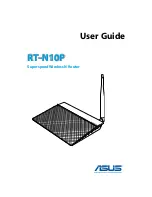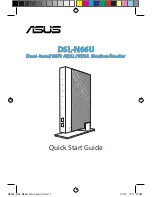
Windows terminology for a physical or logical connection to a printer. For example:
LPT1 indicates the printer is attached to a physical parallel port with a parallel cable.
USB001 indicates the printer is attached to a physical USB port with a USB cable.
Print_Server_E320_0020000035D0 indicates a logical connection to the printer across your network.
PSK
Phase-Shift Keying, a modulation technique used with WPA data encryption in which different phase angles
in the carrier signal are used to represent the binary states of 1 and 0.
Security key
A security key is like a password used with either WPA or WEP security protocols and must meet the
following criteria:
For WPA keys, if using Hex characters, valid keys are at least 24 characters long; if using ASCII, valid
keys are at least 20 characters long. WPA authentication is not supported for Ad-Hoc configurations.
For WEP keys, if using Hex characters, valid keys are either 10 or 26 characters long; if using ASCII,
valid keys are either 5 or 13 characters long.
Subnet
A portion of a network that shares a common address component. On TCP/IP networks, subnets are defined
as all devices whose IP addresses have the same prefix. For example, all devices with IP addresses that start
with 192.168.0. would typically be part of the same subnet.
SSID
Service Set ID, also known as Network Name, a 32-character unique identifier that distinguishes one
wireless network from another. Any device attempting to connect to a specific wireless network must use the
same SSID.
TCP/IP
The Transmission Control Protocol (TCP) and the Internet Protocol (IP) are protocols that let different types
of computers communicate with each other. The Internet is based on this suite of protocols.
TKIP
Temporal Key Integrity Protocol, a protocol used with the WPA data encryption mode that scrambles security
















































